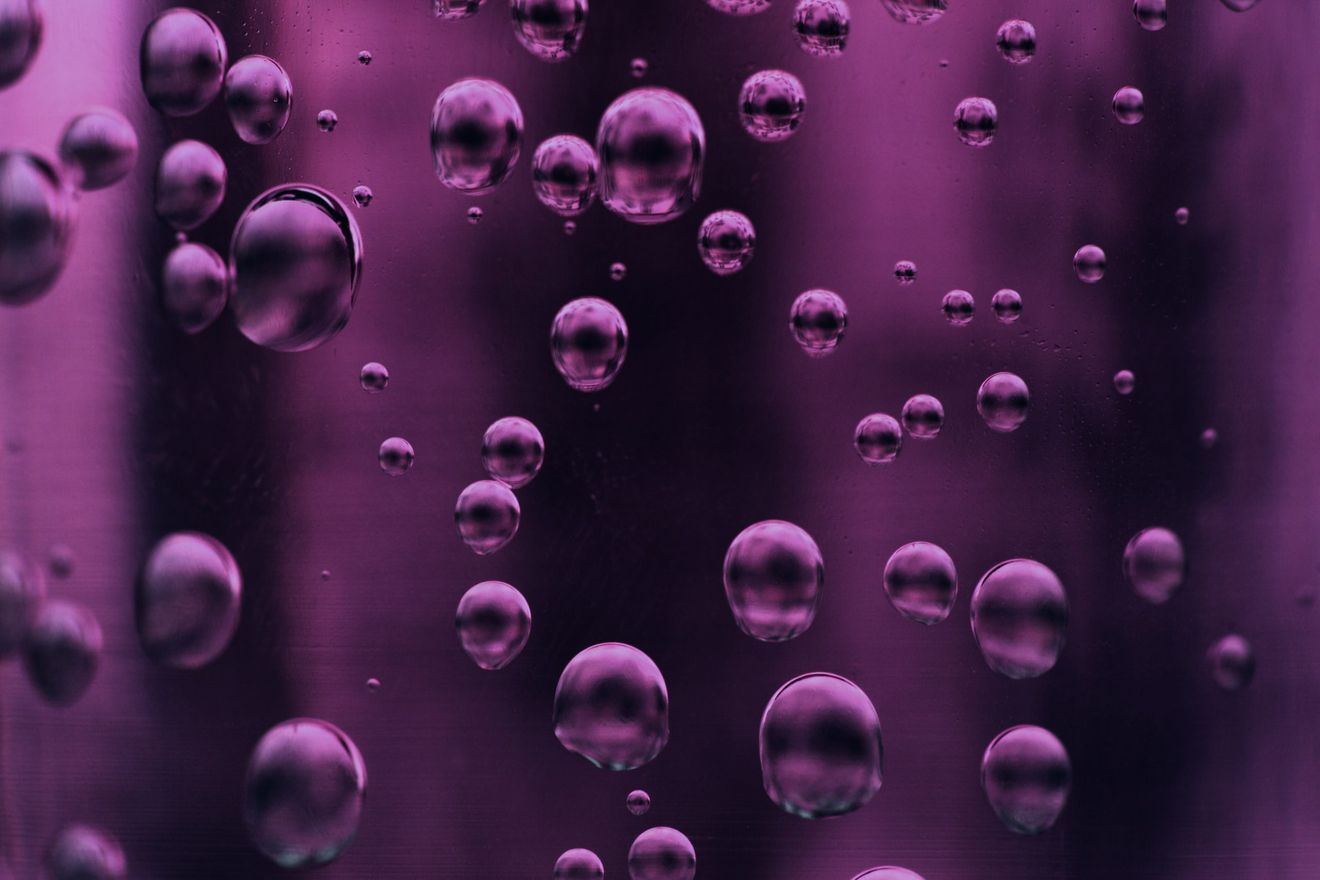How much awareness of psilocybin research does the average American have? Despite recent progress toward legalization, a new study of media coverage over the last three decades shows the psilocybin community might be in an optimistic information bubble. In other words, there could still be a long (and maybe bumpy) road ahead.
——————–
Growing Psilocybin Awareness?
To people who believe that psilocybin can be a useful tool for doctors and therapists, it can often seem like change is coming fast. Denver, Oakland, and Santa Cruz have all decriminalized psilocybin. Portland, Oregon looks like it might soon do the same. A wave of research demonstrates psilocybin’s therapeutic benefits. Books sympathetic to psilocybin therapy (like Michael Pollan’s How to Change Your Mind and Ayelet Waldman’s A Really Good Day) sell well.
It’s hard to deny that this has been progress. But have you ever wondered if the psilocybin community is living in an information bubble? Maybe sometimes you’ve talked about psilocybin with friends or relatives who you thought would sympathize. Maybe the discovery that they have little idea of what you’re talking about surprised you.
A recent study of newspaper coverage about psilocybin hints that a large percentage of Americans might have no awareness of recent psilocybin research [3]. The study analyzed every article mentioning psilocybin from four regional American newspapers between January 1, 1989 and December 31, 2019. Three main issues were examined:
1) Has sentiment (positive or negative) about psilocybin changed?
2) Has the number of articles mentioning psilocybin changed?
3) Has there been a change in the use of different terms for psilocybin?
The complete study, describing its methodology and results, can be viewed here. However, readers should know that the results are not conclusive. Moreover, research of information sources beyond newspapers (like podcasts, YouTube channels, and cable news) will hopefully someday provide a more well-rounded picture.
Results of Newspaper Coverage of Psilocybin
Here are the total sentiment scores (positive or negative coverage of psilocybin) for each year for each newspaper in the study:
NYT = New York Times
SDUT = San Diego Union-Tribune
SLPD = St. Louis Post-Dispatch
TBT = Tampa Bay Times
The positive scores from the years 2016-2019 for the New York Times were so high that they drowned out almost all the other scores. The highest New York Times positive score (26 in 2018) was over 700% higher than the highest score recorded by any of the other three newspapers in any year (3.5 for the Tampa Bay Times in 2008).
In addition, the only newspaper to show a significant increase in articles even mentioning psilocybin was also the New York Times:
NYT = New York Times
SDUT = San Diego Union-Tribune
SLPD = St. Louis Post-Dispatch
TBT = Tampa Bay Times
Could psilocybin advocates simply be more likely to read the New York Times? If so, does seeing the New York Times reinforce their position make them think that the rest of America is starting to agree with them? Is the reality that readers of other newspapers aren’t getting much exposure to psilocybin at all?
Reaction to Legalization
This begs perhaps the most important question. Will the majority of Americans react positively when the legalization of psilocybin therapy finally does enter their awareness? This seems hard to predict for now. However, it’s a good reminder that the psilocybin community shouldn’t be complacent.
Of course, it could be asked whether the New York Times merely published more articles on all topics compared to the other newspapers (i.e. that it was a larger newspaper in general). If true, this might partially explain why it had the highest positive scores, as well as the lowest negative score of all four newspapers (-12.5 in 1991). Unfortunately, it’s difficult to find information about how many articles were published each year in each newspaper. Furthermore, it’s even harder especially when factoring duplicates, reprints, briefs, and online content.
Consistent Correlation in the Psilocybin Information Bubble
However, there doesn’t seem to be a consistent correlation between high numbers of psilocybin articles and extreme sentiment scores. The highest yearly number of articles for any of the four newspapers was 38 articles by the� New York Times in 2019. Yet the New York Times‘s sentiment score for that year was only 8, compared to 26 in 2018. This is because many of the articles in 2019 had negative sentiments about psilocybin, which mitigated the many articles with positive sentiments.
It should also be noted that when the outlier years of 1991, 2017, and 2018 were removed, the New York Times appeared much less different from the other newspapers in terms of sentiment intensity:
NYT = New York Times
SDUT = San Diego Union-Tribune
SLPD = St. Louis Post-Dispatch
TBT = Tampa Bay Times
It therefore seems somewhat probable that the other newspapers in this study truly did have less interest and/or awareness of psilocybin, at least in recent years. In addition, when their attention did turn toward psilocybin, the sentiment was often negative.
There are many possible reasons for this. Mainstream news often tends to be negative. Some studies have indicated this might be a result of both editorial choices and reader preferences [4][5]. So, the recent surge in positive reporting by the New York Times could possibly indicate an even greater shift toward positivity. That’s if it needed to swim against a tide of general journalistic negativity.
Psilocybin Illegality
The illegality of psilocybin also seemed to be a factor for many negative scores. The study compiled sentiment scores for different categories. One category was “legality.” For example, “Does the article view using psilocybin as merely a criminal act (negative) or only unfortunately illegal (positive)?” The answer to this question was rarely positive:
NYT = New York Times
SDUT = San Diego Union-Tribune
SLPD = St. Louis Post-Dispatch
TBT = Tampa Bay Times
Although this should probably not be too surprising, since crime seems to be a popular topic for many newspapers. Furthermore, the illegality of psilocybin means that people are sometimes arrested and imprisoned for psilocybin-related crimes. It might be difficult to find positive sentiments about people receiving a police record and/or being punished with prison terms.
Subsequently, it could be important to ask what the impact of psilocybin legalization would be. Would this make overall newspaper coverage of psilocybin more positive simply by eliminating articles about people being arrested for psilocybin-related crimes? After that, it might be fruitful in a few years to examine whether newspaper coverage has become more positive in cities where psilocybin has been decriminalized.
Lastly, there was one potentially positive note for psilocybin advocates in the study. Every newspaper showed a drop in the use of the phrase “hallucinogenic mushrooms” as a term for psilocybin, compared to other terms:
This could possibly indicate an increasing belief that psilocybin is a path to positive experiences. That is to say, rather than a drug that warps the mind into a false world of hallucinations.
Conclusion
In conclusion, more research is recommended. But the current environment in the United States seems to have some parallels to the first modern wave of psilocybin use. After the American mycologists Robert and Valentina Wasson wrote about psilocybin in 1955 [6], it quickly earned great enthusiasm among some scientists and users [2]. However, most Americans were unaware of this early research and its therapeutic benefits. Once psilocybin and other psychedelics began to filter into the mainstream of American life in the 1960s, there was an intense social backlash. The result was that psilocybin was soon made illegal in the United States (as well as most other countries).
To sum up, whether history will repeat itself remains to be seen. It might be a good idea to remember some words from Winston Churchill [1]: “This is not the end. It is not even the beginning of the end. But it is, perhaps, the end of the beginning.”
References
- Churchill, Winston (10 Nov. 1942). The Lord Mayor’s Luncheon, Mansion House, London, United Kingdom
- Johnson, M., Griffiths, R., Hendricks, P., & Henningfield, J. (2018). The Abuse Potential of Medical Psilocybin According to the 8 Factors of the Controlled Substances Act. Neuropharmacology, 142, 143-166. https://doi.org/10.1016/j.neuropharm.2018.05.012
- Oliver, D. (2020). Analysis of Newspaper Coverage of Psilocybin from January 1, 1989 to December 31, 2019. http://daxoliver.com/tallpear/abstract/. Accessed 27 Sep. 2020
- Soroka, S., Fournier, P., & Nir, L. (2019). Cross-national evidence of a negativity bias in psychophysiological reactions to news. PNAS, 116(38), 18888-18892. https://doi.org/10.1073/pnas.1908369116
- Trussler, M., & Soroka, S. (2014). Consumer Demand for Cynical and Negative News Frames. The International Journal of Press/Politics. https://doi.org/10.1177/1940161214524832
- Wasson, R. G. (10 June 1957). “Seeking the Magic Mushroom.” Life Magazine








